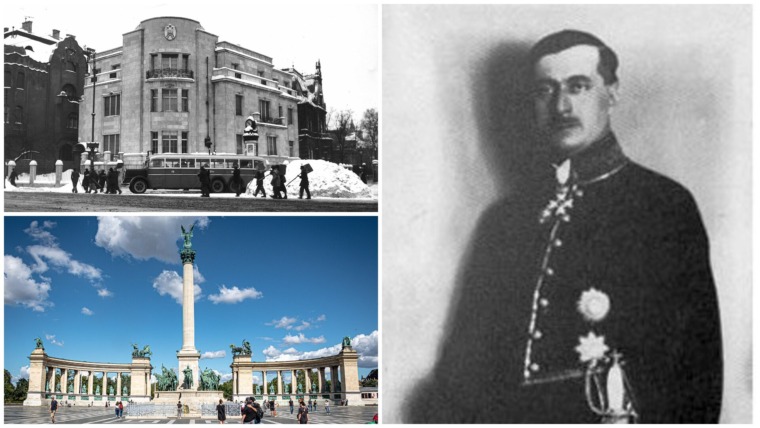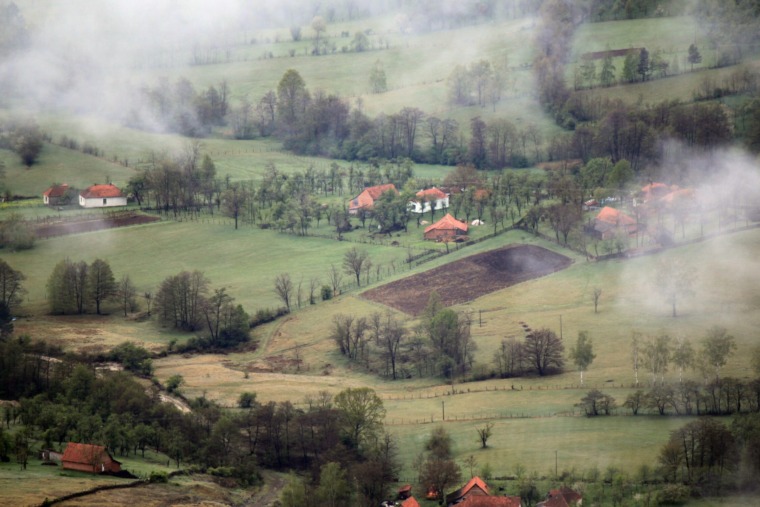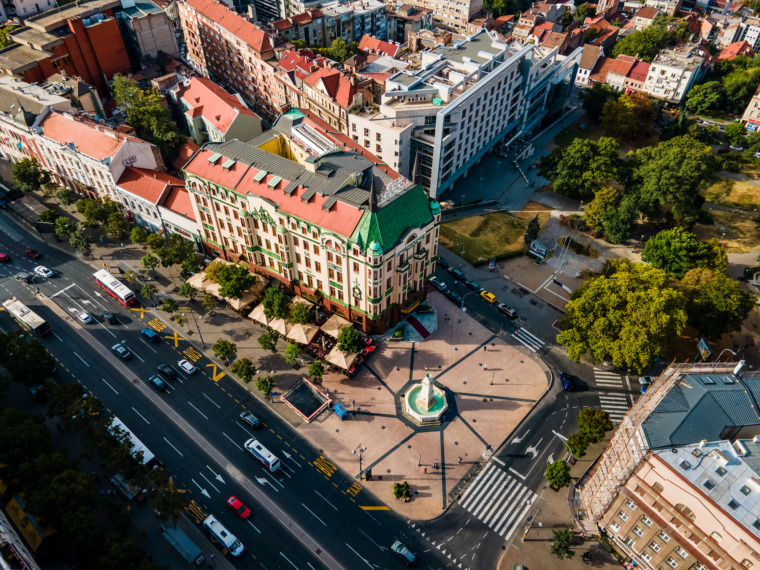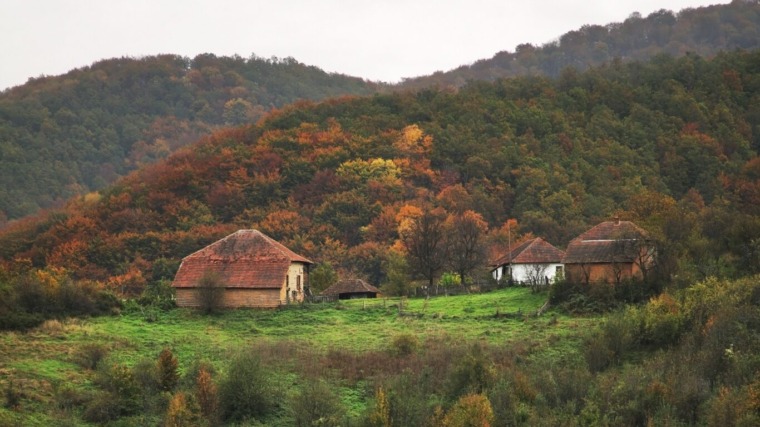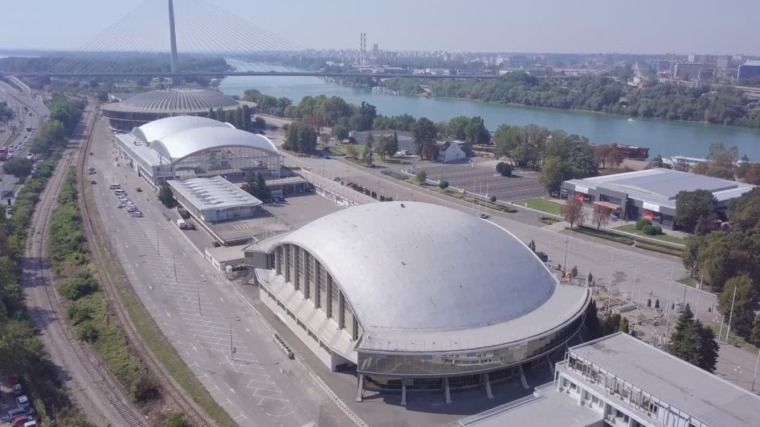
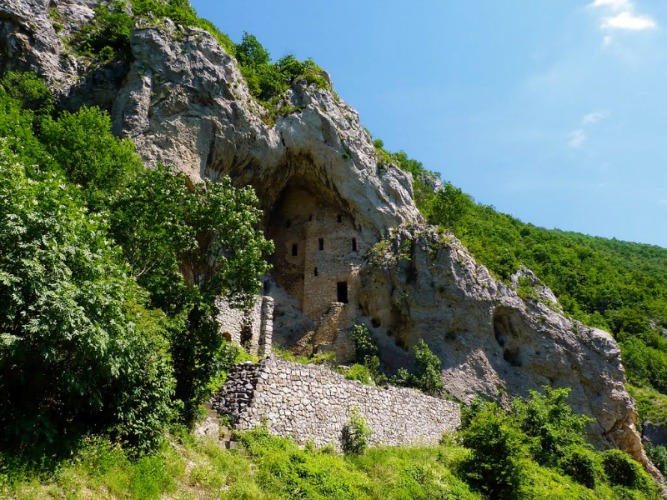
Serbia is a land with many a secret, but there are very few places in it with so many mysteries tied to one particular spot. However, the legend-laden Gornjak gorge happens to be one such place. This magnificent gorge, located in the magical Homolje region, hides fascinating stories, secrets, legends and mysteries.. It’s time to uncover them!
Running through mountainous area of Homolje, the Mlava river carved out a long gorge famous for its beauty, the Gorge of Gornjak. Known also as the Gates of Homolje, the Gornjak gorge is the only way through the monumental mountain range of Homolje. But it is so much more than that. This gorge of raw, unusual yet undeniable beauty is a wonder of nature and a unique treasury of historical monuments.

From ancient to the times of the Serbian despotate, on the steep cliffs and peaks of mt. Ježevac, Veliki and Mali Vukan fortresses and watchtowers have been built, parts of which are still scattered across their dense forests. Furthermore, it is a sacred valley with the remnants of the medieval town of Ždrelo and beguiling monasteries. This is exactly where the mysteries of the Gornjak gorge begin.
The mysteries of the Gornjak monastery
On the left bank of the Mlava river, hugging the stiff cliffs of Ježevac, stands the Gornjak monastery. Built in the 14th century as the endowment of Knez Lazar, it was entrusted by Lazar to the care of Saint Gregory of Sinai who was said to perform miracles. This monastery, however, is famous for an unresolved mystery dating from the time of its origin.

Namely, each year on St. George’s Day, from a crack in a rock behind the monastery water starts dripping and running to a small trough from which people collect it with spoons. The water is believed to be the tears of St. Gregory and to heal ocular diseases. The question of why this phenomenon occurs on this day remains unanswered. From this cliff also grows a grapevine said to cure infertility which is why people come here to pray, fast and eat a grape from this vine.
The silent waters of the Mlava river
In the Gornjak gorge, about half way between the former Metropolitanate and the Gornjak monastery there is yet another inexplicable natural occurrence. On one part of its watercourse the Mlava river makes no sound at all. Locals call this place “the silent water” and explain the phenomenon with two legends. The first one tells the story of a messenger from Kosovo who told the people of Serbia that they’d lost a battle in this very place. In that moment, everything fell into silence – the people, the forest and the water. And since then Mlava stands silent in this spot.

The second folk story speaks of Knez Lazar, who spent his time hunting on these mountains right before the Kosovo battle, meeting Saint Gregory here. Lazar wanted to speak with him but Gregory didn’t want to cross the river so the conversation began with shouting across the loud river. When the Saint realised that Lazar was a pious man he prayed to God that the river quiets down so he could talk to the Knez. Fascinated with Gregory Lazar decided to build a place of worship.
The secrets of the Gornjak gorge underground cities
Due to its tremendous beauty this gorge attracts many climbers, trekkers, nature lovers and hunters. However, the secrets it hides under its surface lure all these people to the enigmatic tunnels leading into the underground headquarters, cities, halls and hallways built by the Germans during WWII.
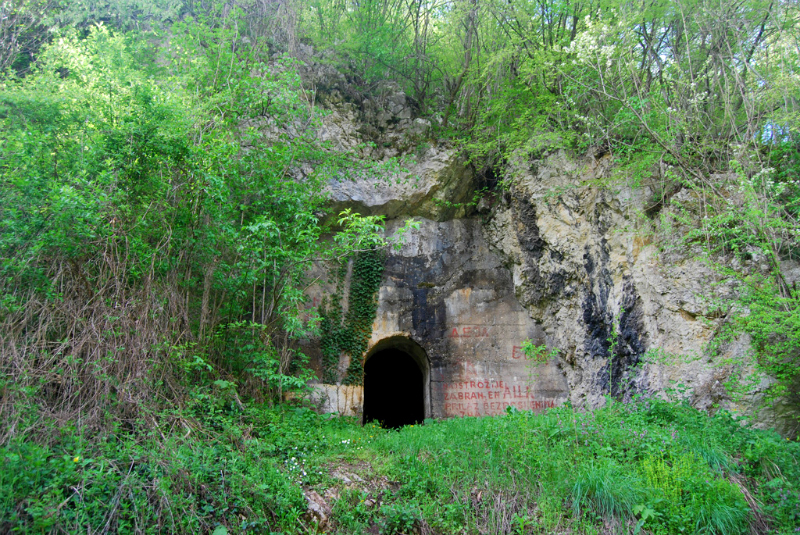
Also, up until 1953 it was the headquarters of the Yugoslav National army when it was mysteriously abandoned. During the days of Yugoslavian aspiration to become independant, huge projects for building weapon factories in the mountains of Gornjak were begun but never reached completion. Although people still wonder whether these vast halls were “forgotten” by chance, it is speculated that the site was shut down because head project engineer fled to the Soviet Union.
Yet another curiosity, or three to be precise
In the foothill of mt. Mali Vukan lie the remnants of Metropolitanate comprised out of the Velika Crkva (Serbian for “Big Church”) and about a hundred metres to the east the Mala Crkva (“Little Church”). Both are presumed to have been built in the 20ies of the 14th century.

Fascinating as they are, the Blagoveštenje (Holy Annunciation) monastery steals the show. Built in the cliffside, this three-level end-of-the-14th-century church, can’t help but mesmerize tourists with its attractive appearance. All three churches and their surroundings have been researched but many secrets about this religious centre of medieval Serbia remain yet unresolved.
Due to their specific geographic position the Gornjak gorge and the Homolje region are insufficiently explored, and account of that here the old Balkan traditions, customs, culture and architecture are very well preserved. If that and the mysteries surrounding it aren’t enough, we suggest you visit this 16 km long gorge as it is a beautiful, intact, natural oasis free of industrial pollution. Its magnificent mountains will take your breath away – that we can guarantee!

Related Articles


10 Serbia Travel Hacks You’ll Wish You Knew Earlier
November 7, 2025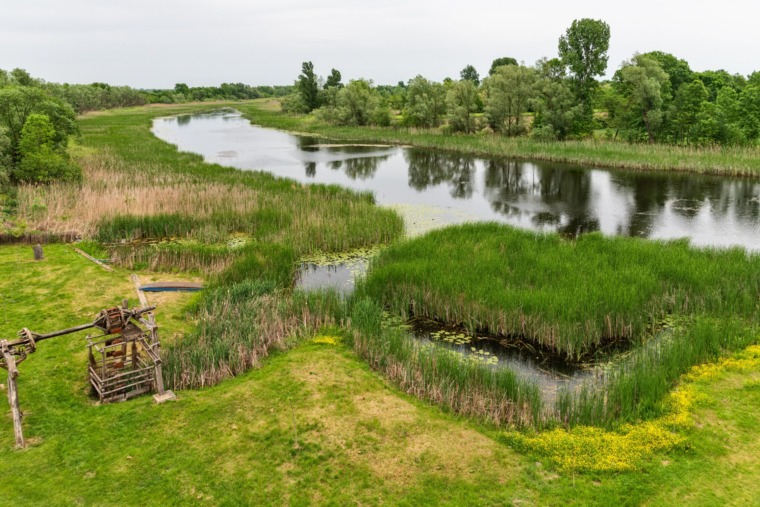
Zasavica: A Peaceful Nature Retreat by the River
November 1, 2025

